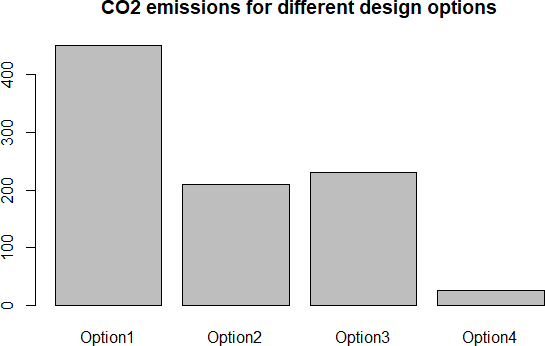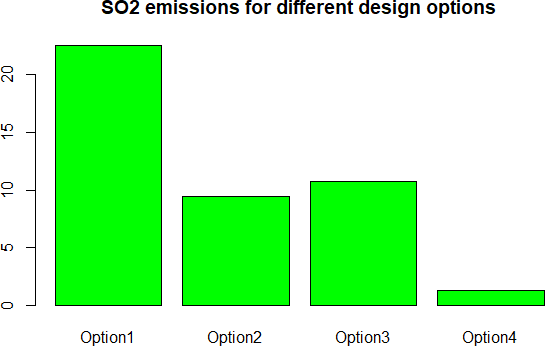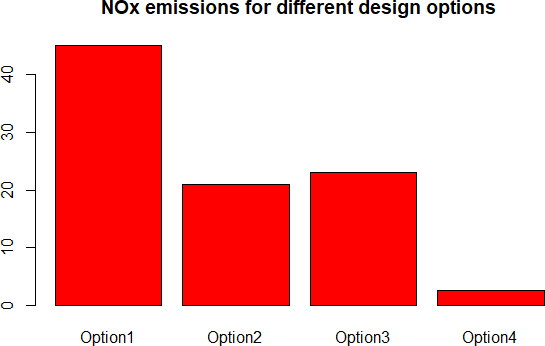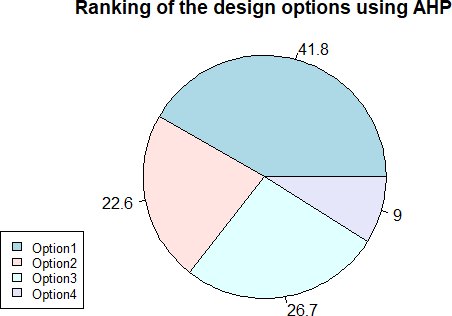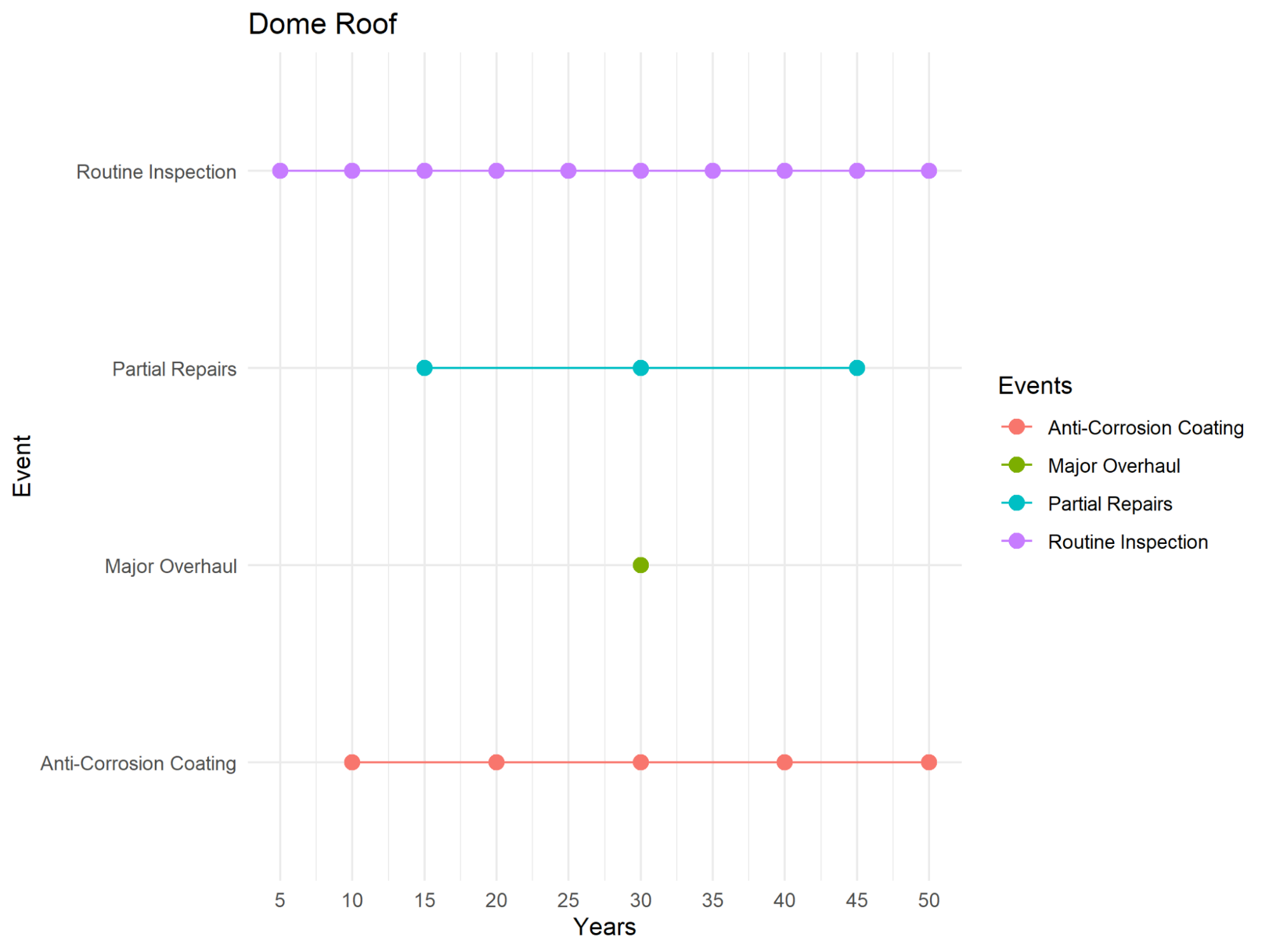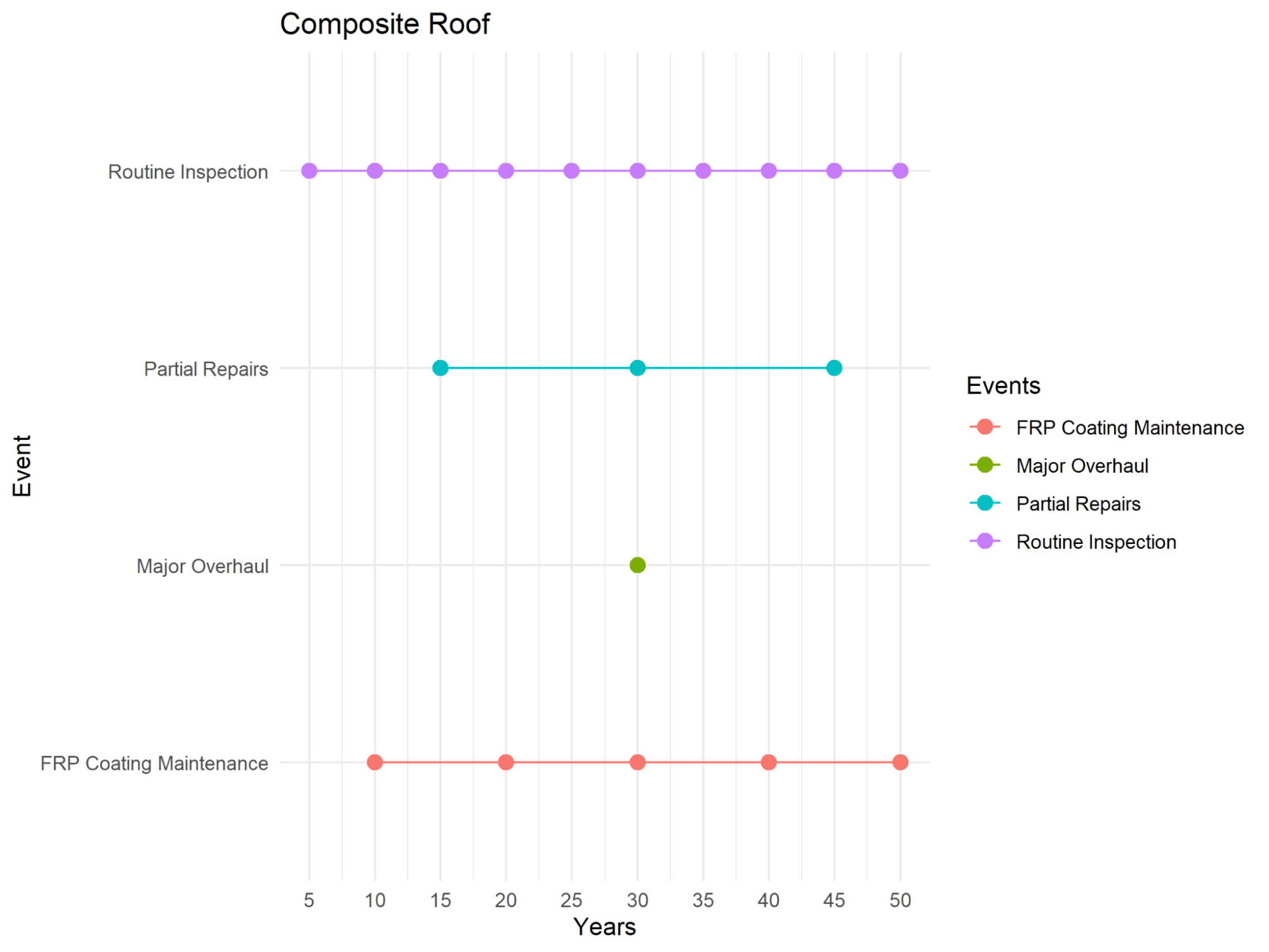Steel Fluid Storage Tank Roof Life Cycle Assessment
➢ SYSTEM:
The steel fluid storage tank is a crucial infrastructure component in industrial and municipal applications, ensuring the safe storage of liquids such as water, oil, and chemicals. The roof subsystem plays a vital role in protecting stored fluids from environmental exposure, preventing contamination, and maintaining structural integrity. The primary challenge associated with the roof system is corrosion and wear over time, requiring strategic material selection and maintenance planning to optimize its lifecycle performance.
➢ SUB-SYSTEM:
The roof subsystem of the steel fluid storage tank is analyzed in this study. It is responsible for:
✔ Shielding the stored fluid from environmental exposure (e.g., rain, UV radiation, pollutants).
✔ Preventing evaporation losses and maintaining the tank’s structural strength.
✔ Minimizing corrosion-related failures through appropriate coatings and maintenance interventions.
The roof subsystem consists of steel as the primary material, with different coatings or composite elements incorporated depending on the selected design option. Given its direct impact on operational efficiency and maintenance costs, selecting an optimal roof design is crucial.
➢ GOAL AND SCOPE ASSESSMENT:
The goal of this project is to conduct a life-cycle assessment (LCA) to determine the energy consumption, CO₂ emissions, NOx emissions, and SO₂ emissions associated with different roof designs for a 50-year lifespan. The assessment scope includes:
✔ Material extraction and production (e.g., steel manufacturing, coating applications).
✔ Installation and initial construction (energy/material inputs for assembly).
✔ Operational phase and maintenance interventions (anti-corrosion coatings, repairs).
✔ End-of-life considerations (dismantling, recycling, or disposal).
The boundary of the LCA is cradle-to-grave, ensuring that all relevant life-cycle stages are considered.
➢ DESIGN OPTIONS:
The study evaluates four distinct roof design options, each with unique structural, environmental, and economic implications:
| Design Option | Description | Material | Advantages | Disadvantages |
| Standard Cone Roof | Traditional, cone-shaped roof for efficient rainwater runoff. | Steel with anti-corrosion coating | Cost-effective, low maintenance. | High energy consumption & emissions. |
| Dome Roof | Hemispherical roof with uniform stress distribution. | Structural steel with enhanced protection | High strength-to-weight ratio. | High cost due to complex fabrication. |
| Composite Roof | Hybrid roof combining steel with composite materials. | Steel base with fiberglass/polymer overlays | Lightweight, insulated, corrosion-resistant. | Requires specialized maintenance. |
| Tensioned Membrane Roof | Lightweight membrane stretched over a steel frame. | Steel frame with tensioned polymer fabric | Low energy consumption, cost-effective. | Less durable in harsh conditions. |
Each design’s energy and emissions profile was assessed to determine the most sustainable and cost-effective alternative.
➢ LIFE CYCLE INVENTORY:
The life-cycle inventory (LCI) quantifies the environmental impact of each roof design, including energy consumption and emissions. The results are summarized below:
| Design Option | Energy (MJ) | CO₂ (kg) | NOx (kg) | SO₂ (kg) |
| Standard Cone Roof | 45 | 450 | 45 | 22.5 |
| Dome Roof | 21 | 210 | 21 | 9.48 |
| Composite Roof | 23.04 | 230.4 | 23.04 | 10.72 |
| Tensioned Membrane Roof | 2.52 | 25.2 | 2.52 | 1.27 |
✔ Tensioned Membrane Roof (Option 4) is the most sustainable, having the lowest energy demand and emissions.
✔ Standard Cone Roof (Option 1) has the highest emissions and energy consumption, making it the least eco-friendly option.
➢ LIFE-CYCLE TIMELINE:
The maintenance schedule for each roof type over 50 years was analyzed, considering:
✔ Routine inspections (every 5 years).
✔ Anti-corrosion coatings (every 10 years).
✔ Partial repairs (every 15 years).
✔ Major overhauls (every 30 years, except for Tensioned Membrane Roof).
Findings from Maintenance Timeline Analysis:
✔ Standard Cone Roof: Requires frequent maintenance due to high corrosion susceptibility.
✔ Dome Roof: Requires fewer interventions, offering a balance between cost and durability.
✔ Composite Roof: Moderate maintenance needs, but specialized repair procedures increase costs.
✔ Tensioned Membrane Roof: Least maintenance required, with occasional membrane tension adjustments.
➢ LIFE-CYCLE INVENTORY ANALYSIS:
Using life-cycle inventory data, the environmental and economic impact of each roof design was computed. The analysis confirmed that:
✔ The Tensioned Membrane Roof (Option 4) has the lowest environmental footprint due to minimal material usage and maintenance needs.
✔ The Standard Cone Roof (Option 1) has the highest emissions and energy demand, making it the least sustainable choice.
✔ Dome and Composite Roofs present balanced trade-offs, offering better durability at higher initial costs.
➢ MULTI-CRITERIA DECISION ANALYSIS (MCDA):
The Analytic Hierarchy Process (AHP) was used to rank roof designs based on energy efficiency, CO₂ emissions, NOx emissions, and SO₂ emissions.
Ranking Based on AHP:
1️⃣ Standard Cone Roof – Structurally robust but high energy and emissions.
2️⃣ Dome Roof – Balanced performance with moderate cost and emissions.
3️⃣ Composite Roof – Lightweight and insulated, but maintenance-intensive.
4️⃣ Tensioned Membrane Roof – Most sustainable and cost-efficient option.
✔ The Tensioned Membrane Roof ranks highest in terms of environmental sustainability and lifecycle cost efficiency.
➢ CONCLUSION:
Based on the life-cycle assessment (LCA) and multi-criteria decision analysis (MCDA), the following recommendations are made:
✔ For maximum sustainability and cost efficiency: Tensioned Membrane Roof (Option 4) is the best choice due to low emissions, minimal maintenance, and low energy consumption.
✔ For structural robustness and durability: Standard Cone Roof (Option 1) is ideal but has high environmental and maintenance costs.
✔ For a balanced trade-off: Dome Roof (Option 2) or Composite Roof (Option 3) provide good durability at moderate environmental and financial costs.
Final Insights:
- The Tensioned Membrane Roof is the most eco-friendly option, suitable for cost-conscious, sustainability-driven projects.
- The Standard Cone Roof remains a viable choice where structural strength is prioritized over environmental impact.
- Future research should consider transportation emissions and alternative materials to further optimize sustainable roof designs.
This analysis demonstrates the effectiveness of integrating LCA with MCDA to guide engineering decisions, ensuring that designs align with both sustainability goals and operational requirements.

